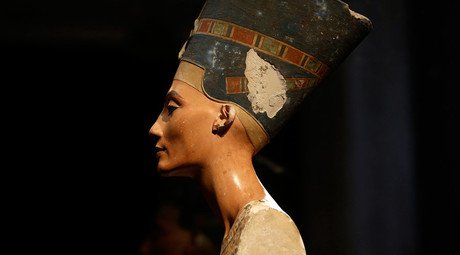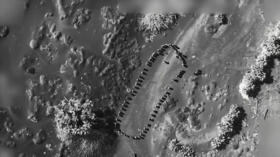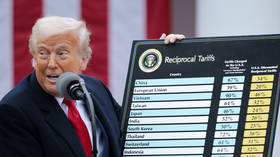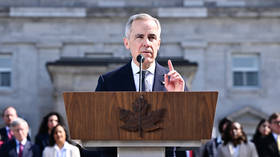Tutankhamun tomb scans point to hidden chamber, maybe Queen Nefertiti's mummy
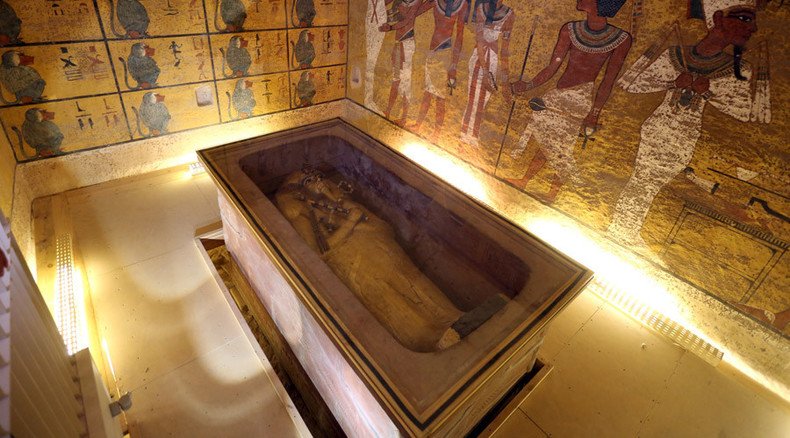
The name Nefertiti means, "the beautiful one has come" in Egyptian. This may actually prove prophetic. Scans of King Tutankhamun's tomb in the Valley of the Kings point to a secret chamber, possibly containing the remains of Queen Nefertiti.
Experts are "approximately 90 percent" sure there's a hidden chamber in Tutankhamun's tomb, Antiquities Minister Mamduh al-Damati told a news conference. They are currently trying to gather more information, using hi-tech infrared and radar technology.
The scans were prompted by a study by a prominent British archaeologist, Nicholas Reeves, which claimed Nefertiti's lost tomb may be hidden in an adjoining chamber. Tutankhamun (who died 3,000 years ago at the age of 19) may have been placed in an outer chamber of what was originally Nefertiti’s tomb, according to Reeves. Along with her husband, Nefertiti, an Egyptian queen and one of the wives of Tutankhamun's father Akhenaten, played a key political and religious role in the 14th century BC.
"Clearly it does look from the radar evidence as if the tomb continues, as I have predicted," Reeves, Senior Egyptologist with the University of Arizona Egyptian Expedition, told the press conference, according to AFP.
"The radar, behind the north wall [of Tutankhamun's burial chamber] seems pretty clear. If I am right, it is a continuation -- corridor continuation -- of the tomb, which will end in another burial chamber. It does look indeed as if the tomb of Tutankhamun is a corridor tomb... and it continues beyond the decorated burial chamber," Reeves noted.
"I think it is Nefertiti and all the evidence points in that direction," he added.
Egyptian archaeologists began the search for the hidden chamber last week. The antiquities minister said the findings would be sent to Japan. It will take a Japanese expert a month to analyze the scans.
The antiquities minister and Reeves have different views on whose mummy they expect to find inside the tomb.
Reeves believes Tutankhamun, who died in 1324 BC after nine years on the throne, was hurriedly buried in an underground chamber, which was probably not designed for him. Another British Egyptologist, Howard Carter, discovered Tutankhamun’s remains in 1922.
READ MORE: Tutankhamun died of illness, not from chariot racing
Reeves theorizes that priests would have been forced to reopen Nefertiti's tomb a decade after her death, because the young pharaoh's own mausoleum had not yet been constructed.
Damati believes that such a chamber, should it be found adjoining Tutankhamun's tomb, may actually contain another of Akhenaten's wives, Kiya.
Akhenaten, who ruled for 17 years, made a name for himself by abandoning traditional Egyptian polytheism. The pharaoh temporarily converted ancient Egypt to monotheism by imposing the cult of Aton, the sun god.
Some experts point out that Nefertiti's role in the cult would have made her burial in the Valley of the Kings totally impossible.
"Nefertiti [would never have been] buried in the Valley of the Kings," Zahi Hawass, the country's former antiquities minister and expert on ancient Egypt, told AFP.
"The lady [worshipped] Aton with Akhenaten for years. The priests would never [have] allowed her to be buried in the Valley of the Kings," he stressed.
Hawass is also worried about how archaeologists can enter the hidden part of the tomb without causing damage.
Antiquities Minister Damati said that after the analysis, this would indeed be the next major challenge.
"The next step, which we will announce once we agree on it, will be accessing what's behind the wall without damaging the tomb," he said.
